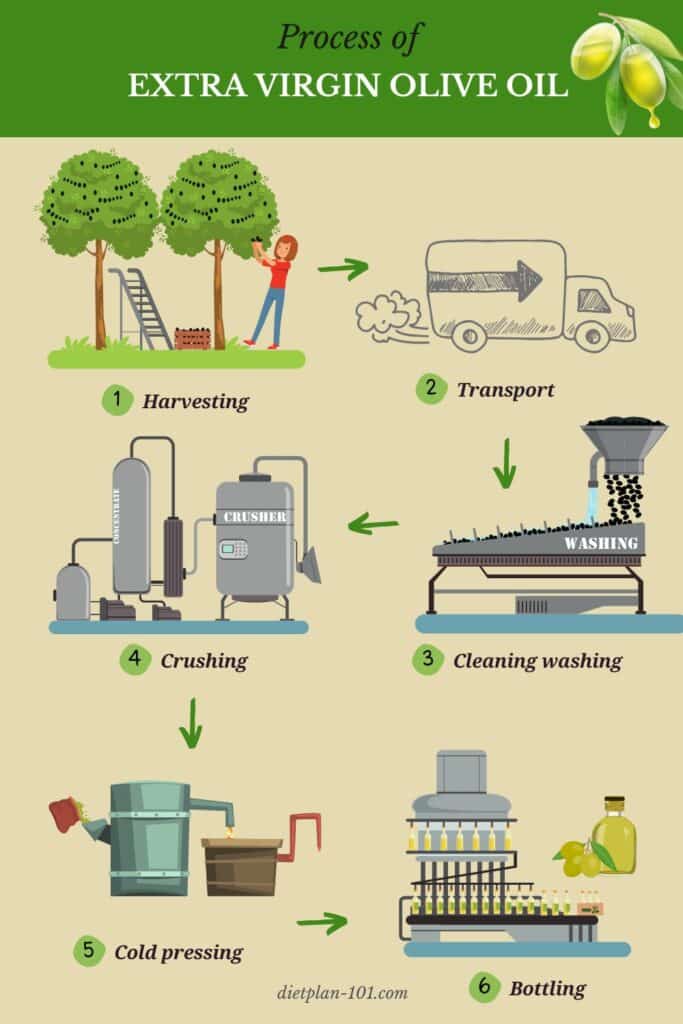The Journey of Extra Virgin Olive Oil: From Tree to Table
Extra virgin olive oil (EVOO) is celebrated not only for its rich flavor and health benefits but also for the meticulous process behind its creation. It has been a staple of many cultures for thousands of years and the olive trees have become a symbol of resilience and peace.
Here’s an in-depth look at how this liquid gold is made.
1. Harvesting the Olives
The journey begins with the careful harvesting of olives. Timing is crucial; towards the end of October (the exact period will change depending upon the olive variety) olives start turning from green to dark green then brown. The process is called ‘invaiatura’. This is the moment the olives must be picked: not too early, otherwise there will be very little oil inside, and not too late, or yes you will obtain more oil, but the quality and flavour will be considerably less. Traditionally, this is done using mechanical harvesters which basically shake the olives off of the branches.
It is extremely important that the olives do not fall onto the ground, or the quality of the oil will be seriously compromised. To avoid this, big nets are places under the trees, so as to collect the falling olives falling olives, which are then placed in open crates, ready to be taken to the milling station. It is adviseable than no more than 48 hours pass between the collection of the olives and their delivery to the milling station.
Image: Harvesting olives by hand.
2. Cleaning and Crushing
Once harvested, olives are promptly transported to the mill to prevent oxidation and spoilage. This should happen within 24, maximum 48 hours. At the mill, they are sorted to remove leaves, twigs, and damaged fruits, then washed with water to eliminate dirt and foreign objects.
The key step that defines extra virgin olive oil from standard olive oil is how the oil is extracted from the fruits. In order to be called ‘extra virgin’ the process must take place ONLY by mechanical means, i.e. without the use of any chemicals, solvent or other. The cleaned olives are simply crushed into a paste, pits and all, using traditional stone mills or modern hammermills.
Image: Traditional stone mill used for crushing olives.
3. Malaxation (Mixing)
After crushing, the olive paste undergoes malaxation, a slow mixing process that allows small oil droplets to combine into larger ones. This step is critical for enhancing the oil’s flavor and aroma. Temperature control is essential; the paste must remain below 27°C (80°F) to produce extra virgin olive oil, limit oxidation, and retain all the flavour components of the oil.
Image: Olive paste undergoing malaxation.
4. Extraction of Oil
The next step is separating the oil from the olive paste. This can be achieved through traditional pressing or modern centrifugation. Centrifugation is more efficient and reduces exposure to oxygen, helping maintain oil quality.
Image: Centrifuge used for oil extraction.
5. Filtration (Optional)
Some producers choose to filter the oil to remove any remaining solids or water. This results in a clearer oil with a longer shelf life. Others opt for unfiltered oil, which has a cloudier appearance and a different flavor profile.
Image: Filtered extra virgin olive oil.
6. Bottling and Storage
Finally, the olive oil is stored in stainless steel tanks to protect it from light and air. It is then bottled in dark glass or opaque containers to further preserve its quality. Proper storage is crucial to maintain the oil’s freshness and flavor.
Image: Bottling extra virgin olive oil.
Conclusion
The production of extra virgin olive oil is a blend of tradition and modern technology, each step contributing to the final product’s quality and flavor. From the careful harvesting of olives to the meticulous bottling process, every stage is essential in creating this prized culinary staple.

